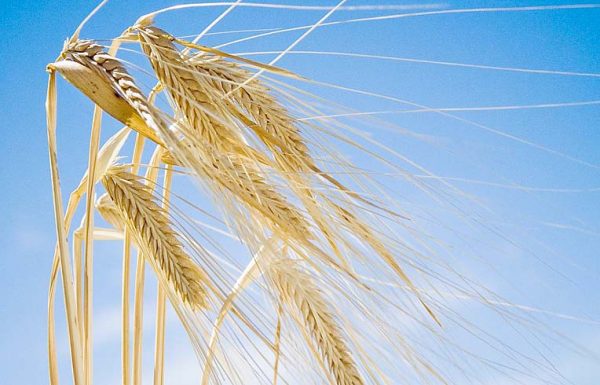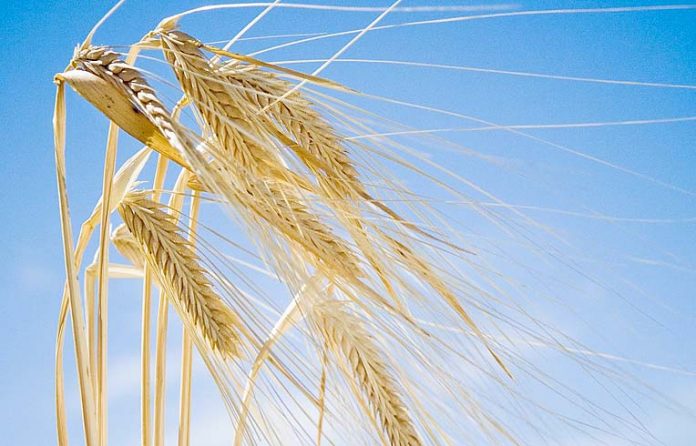
SOIL moisture on local farms is at field capacity, but without significant waterlogging, due to the drier than normal start to the season in the Lower South East.
According to the latest government report, the absence of wet conditions enabled seeding to progress.
Issued by Primary Industries and Resources South Australia, the report states a drop in soil temperatures, combined with numerous frosts, has slowed crop growth.
Every three months, the State Government agency provides a snap-shot of cropping and grazing activities in every region of the state.
Most farmers have completed all seeding of pastures and field crops, although some hay crops were still being planted in late June.
Crop types and area sown have not varied significantly from last year.
Localised slug damage has been reported in some emerging crops.
There have been isolated reports of vegetable weevil and lucerne flea damaging crops.
There have been high numbers of red-legged earth mite causing damage to both crops and pastures.
Farmers are starting to apply post emergent herbicides to control weeds in crops. Limited germination of weeds before sowing reduced the effectiveness of knockdown herbicides so higher than usual numbers of weeds are starting to emerge in some crops.
Early pasture growth has been good, but recent frosts have slowed growth.
Most producers have stopped hand-feeding sheep, but continue to hand feed cattle and marking percentages of lambs and calves have been good.
Hay and grain reserves are now low on most farms.
Some pasture paddocks with poor growth early in the season due to the lack of early rainfall were overgrazed.
Pastures did not recover before temperatures cooled and slowed growth.








